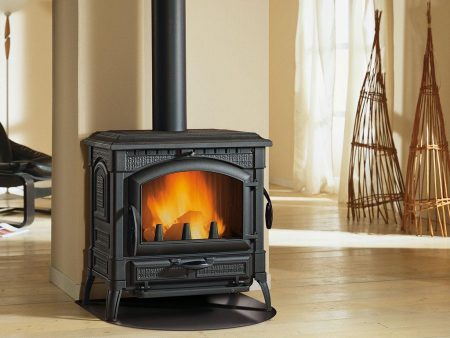 A wood-burning fireplace stove is ideal for heating a small private house. Such products for the home have several advantages and the first thing worth noting is the affordable price. The second important plus is the easy self-assembly of the structure. As for appearance, modern fireplace stoves fit perfectly into any interior.
A wood-burning fireplace stove is ideal for heating a small private house. Such products for the home have several advantages and the first thing worth noting is the affordable price. The second important plus is the easy self-assembly of the structure. As for appearance, modern fireplace stoves fit perfectly into any interior.
Important! If some kind of fireplace stove is considered for constant heating of housing, it is additionally necessary to clarify whether the product is suitable for such purposes. Options do it yourself beautiful decoration.
The fireplace stove for long-term burning can be safely compared in its efficiency to full-fledged long-burning stoves or heating boilers using solid fuel, gas or electricity. But such an oven is an additional heating element with a heating system and is ideal for a private small house, where they do not live permanently, for a summer residence.
The main types of stoves-fireplaces
Cast iron and brick, bought for the house or with your own hands, this is only an approximate division into types. The first thing to note is the difference in shape and size, followed by differences in thermal power, then the material of manufacture. By purpose, there is also a significant division into types, because some stoves are suitable only for heating the room, others can also be used for water heating, for cooking.
Most modern fireplace stoves for the home are mostly made of steel. Although on sale today you can find cast-iron models. For example, these are universal cast-iron furnaces "Baikal-8", "Marseille" and "Marseille-mini", "Lyon". Cast iron fireplaces are durable in contrast to metal products. But they also weigh a lot and cost more.
When choosing a specific stove for your home, you immediately need to pay attention to what type of space the model is designed to heat. As a rule, a fireplace stove has a power of 6 to 11 kW. Read about how independently stack a wood-burning stove.
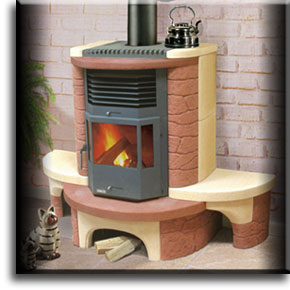
Important! Let's say you need to heat a house of 100 square meters, then you have to buy a stove-fireplace of maximum power. Well, for a small country house, 6-7 kW will be enough.
Before buying, another important factor is the place where the oven will be placed. This is usually a corner or against a wall. If there is a lot of free space in the house, then it is better to install such a stove against the wall. Corner fireplaces are universal for small rooms, but their lineup is much more scarce than for wall options.
What is also important to note is that the fireplace stove for long-term burning can have an additional hob. This is a huge plus because in addition to heating the premises on such an oven, you can cook. As a rule, the hob is a cast-iron ring of different diameters, suitable for any dishes and have a long service life.
The principle of operation of the fireplace stove
Not so important, this is a brick stove for the house, it is made by oneself or purchased, the principle of operation will be the same. For example, a common model (not made of brick) of the Yenisei as part of the structure has:
- Steel body in 6 mm.
- Combustion chamber and air ducts inside the structure.
- Doors with heat-resistant glass.
- The collection point of soot and ash.
- Cast-iron grates.
- A pipe to divert combustion products.
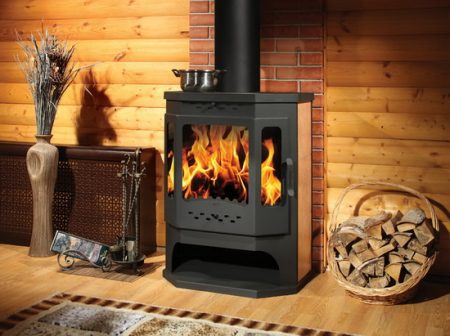
What is the principle of operation of such a furnace, if you make a brick oven with your own hands with your own hands, then the principle of operation will be the same. Details on how to make a fireplace stove out of brick or other material with your own hands can be seen in the video in this material.
So, when solid fuel was ignited in the combustion chamber, then warm air rises up through the channel and is led out through special openings (as a rule, they are on top of the structure and on its sides). Cold air enters from below, in the process of moving through the channels of the furnace it heats up and enters the room when it is warm. Plus, specifically in this model, space heating also occurs through the glass of the fireplace.
Interesting! The clean glass system helps prevent soot and soot from forming on the glass itself. The bottom line is that there is a slide gate valve under the door, using it you can supply air to the glass.
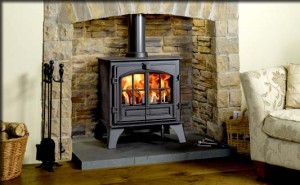
After the wood is burned, the combustion products are removed through the pipe, which is located both on top and in the back of the case. By the way, the burning of firewood in the combustion chamber is regulated by an ash pan. When it opens, more air gets into the furnace and the firewood burns more actively. If you close it, then the combustion in the chamber will be weaker.
Do-it-yourself wood-burning stoves of this kind can make also of brick. But ready-made models that are easily and quickly assembled at home are inexpensive. Although, such purchased models are most often made of steel or cast iron, and not of brick. Wood-burning stoves are a universal approach to heating a small private house where they do not live permanently.

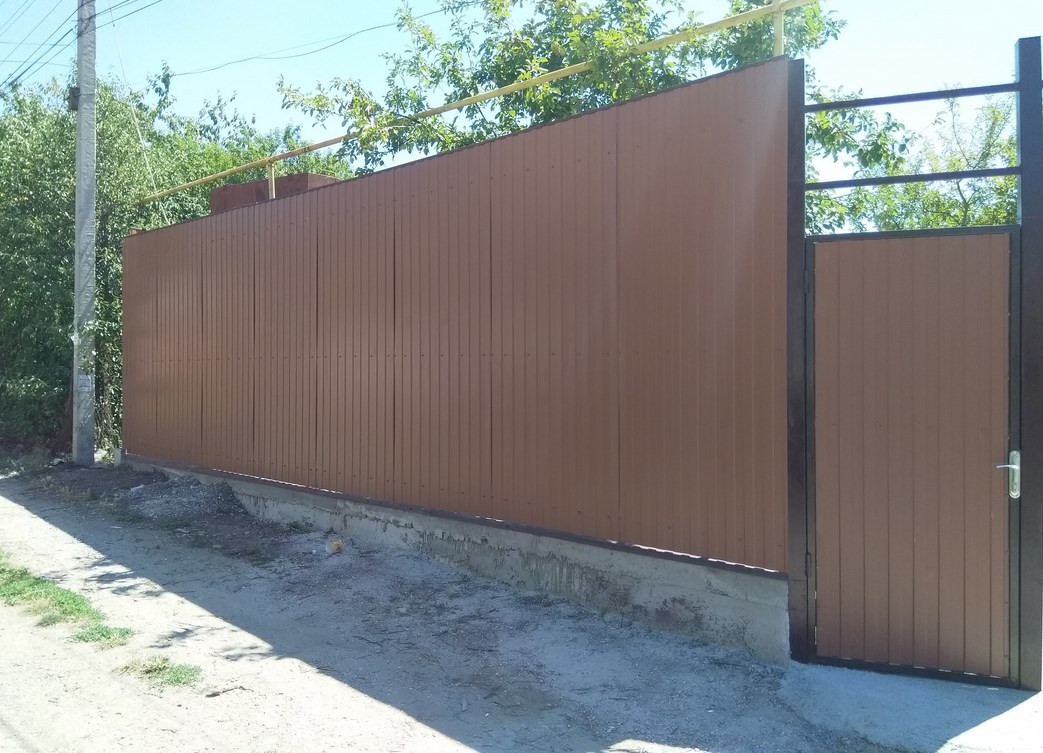
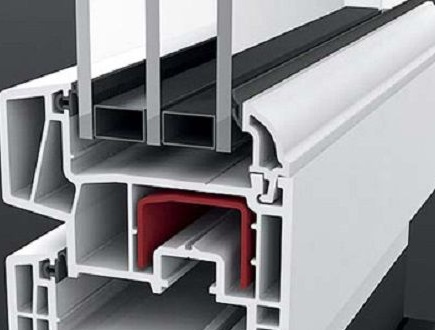
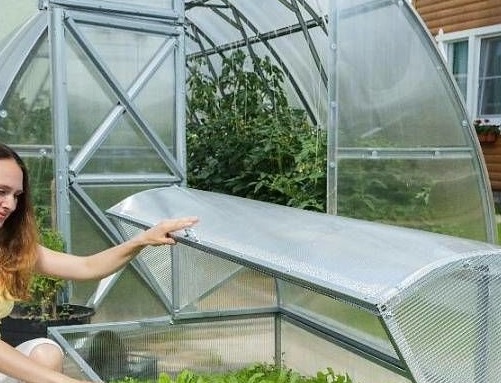
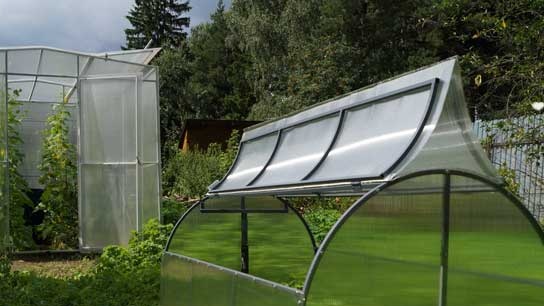 Why is a greenhouse open top?
Why is a greenhouse open top?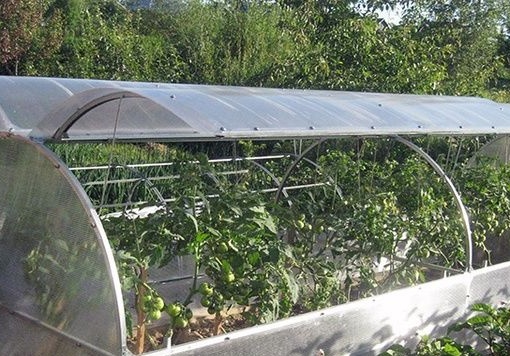 Greenhouse "Butterfly", is it worth it?
Greenhouse "Butterfly", is it worth it?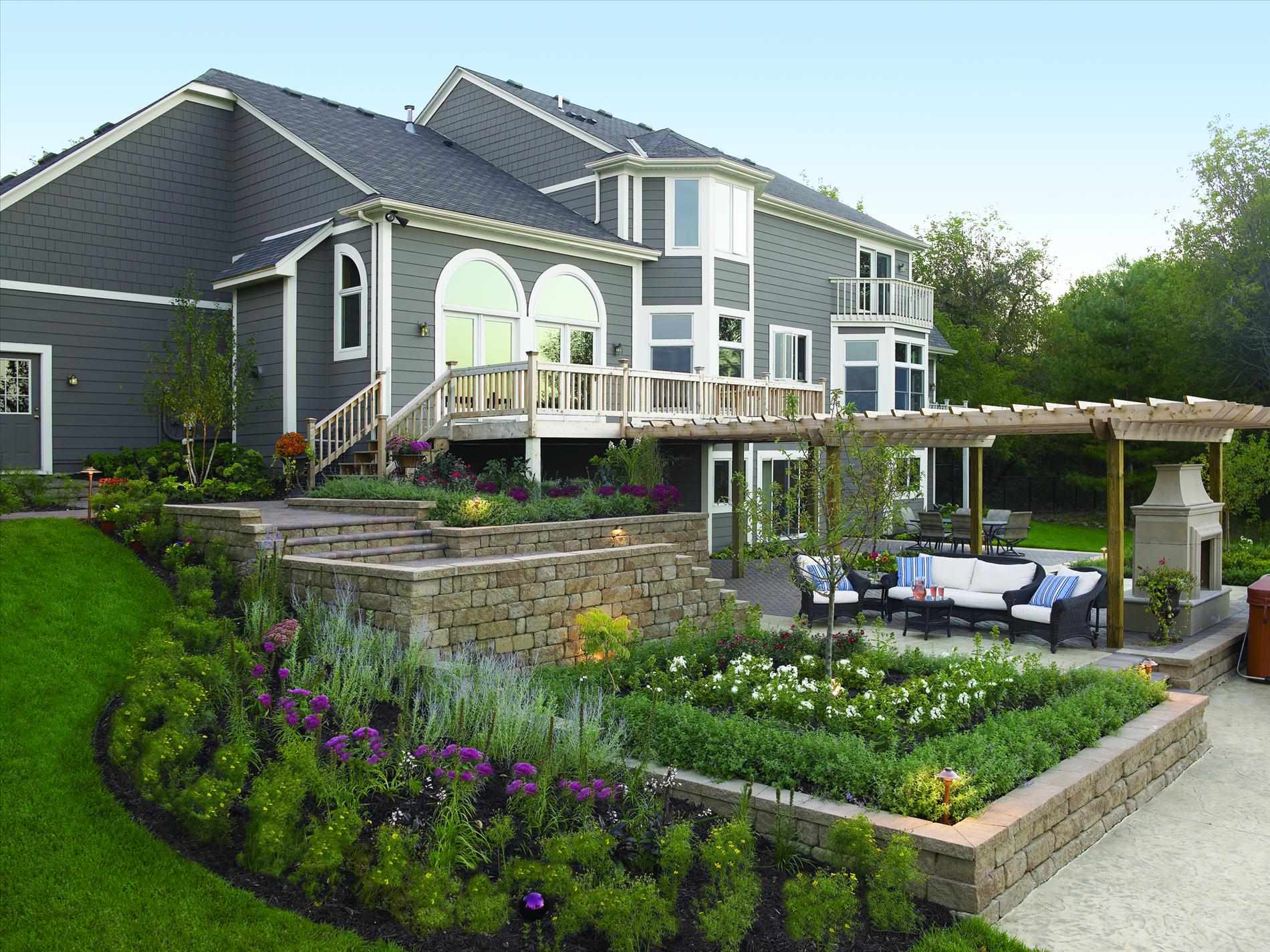 Do-it-yourself landscaping of an area of 8 acres: features of planning and zoning
Do-it-yourself landscaping of an area of 8 acres: features of planning and zoning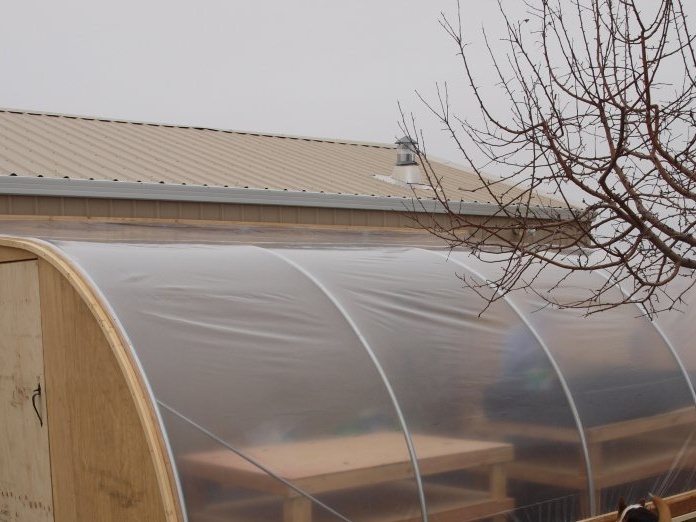 Shed greenhouse, pros and cons
Shed greenhouse, pros and cons